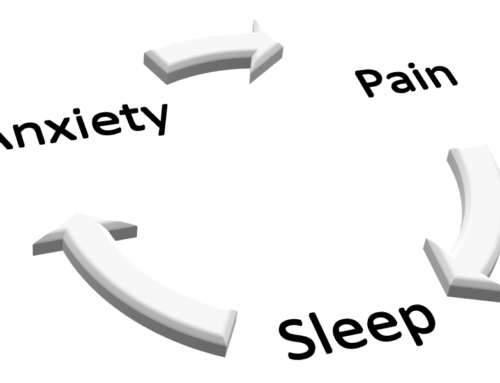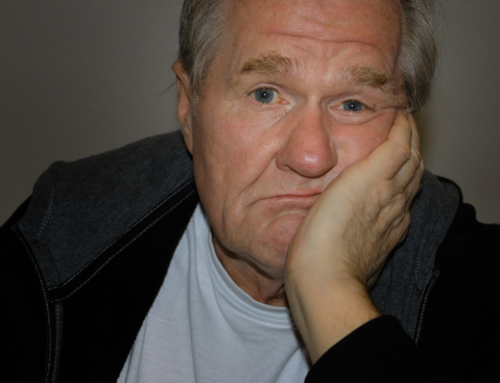Osteoarthritis (OA) is a very common and painful condition. One way to explain it is that the cushion, or cartilage, lining bones wears away leaving bone to wear on bone.
Some of the most common causes of osteoarthritis are:
- Injury to the joint– e.g. sports or motor vehicle accident
- Repetitive use of a joint
- In your job
- In hobbies
- In sports
- Being overweight
Currently, there is not a way to rebuild the cartilage that wears away. So, the goals of treatment are:
- to maintain what cartilage is left,
- avoid making it worse,
- keep you doing what you need to do during your day
- control pain
Occupational and physical therapists can help. They are experts in helping you find new ways to perform tasks without making the joint worse. There are many tools that can help support painful joints such as knee braces and thumb splints.
Ways to manage osteoarthritis pain without medication include:
- heat application to the painful joint
- lose weight if overweight (especially helpful for foot, knee, and hip arthritis)
- swim – less wear on the joint than land-based exercise
- find new ways to do tasks that don’t wear on the joint
OSTEOARTHRITIS MEDICATION THERAPY
The number one, gold-standard therapy for OA is acetaminophen. (A common brand name is Tylenol). Acetaminophen can help manage the pain. It is most effective if it is taken regularly (two extra strength 500mg tablets three times daily). This works better than waiting for pain to get really bad then taking a dose.
Note, be sure to check with your doctor to make sure your liver is healthy. And, limit or avoid alcohol to further protect your liver while taking acetaminophen.
The other medications commonly used for OA are nonsteroidal anti-inflammatory drugs (NSAIDs) such as ibuprofen (brand names such as Motrin and Advil) and naproxen (brand name Aleve). These are also good for reducing arthritis pain. They can raise blood pressure, so avoid them if you have high blood pressure, heart failure, or a strong family history of heart attack. They can worsen kidney function, so talk with your doctor to be sure your kidneys are healthy. They can irritate your stomach, so always take them with food. Another option in this class of medicine is celecoxib (brand name Celebrex) that has less stomach irritation. There are also topical versions that avoid some of the side effects. You rub these onto the joint area that is in pain.
So, first and foremost, stop doing repetitive activities that are hurting your joint(s). Second, take steps to preserve the joint function you still have. Third, medication can help with the pain association with osteoarthritis. Be sure to discuss the pros and cons of the medication options with your doctor and/or with us.
For more information about osteoarthritis and treatment, contact us at www.medsmash.com.
For further application, check out my personal blog.
Image Source: National Library of Medicine; National Institutes of Health; U.S. Department of Health and Human Services




